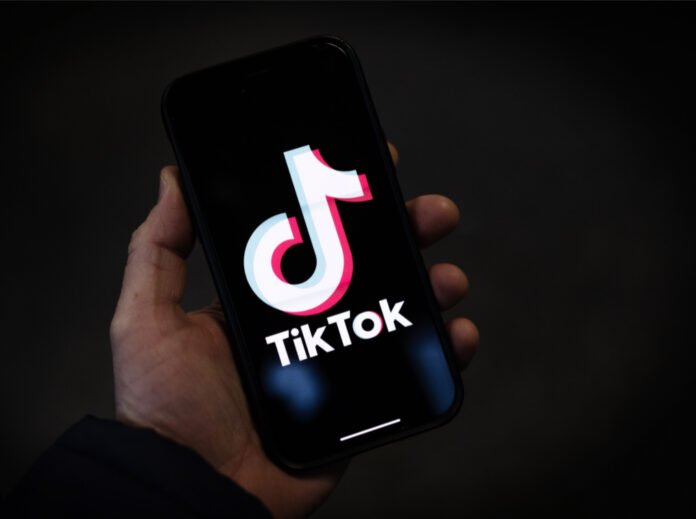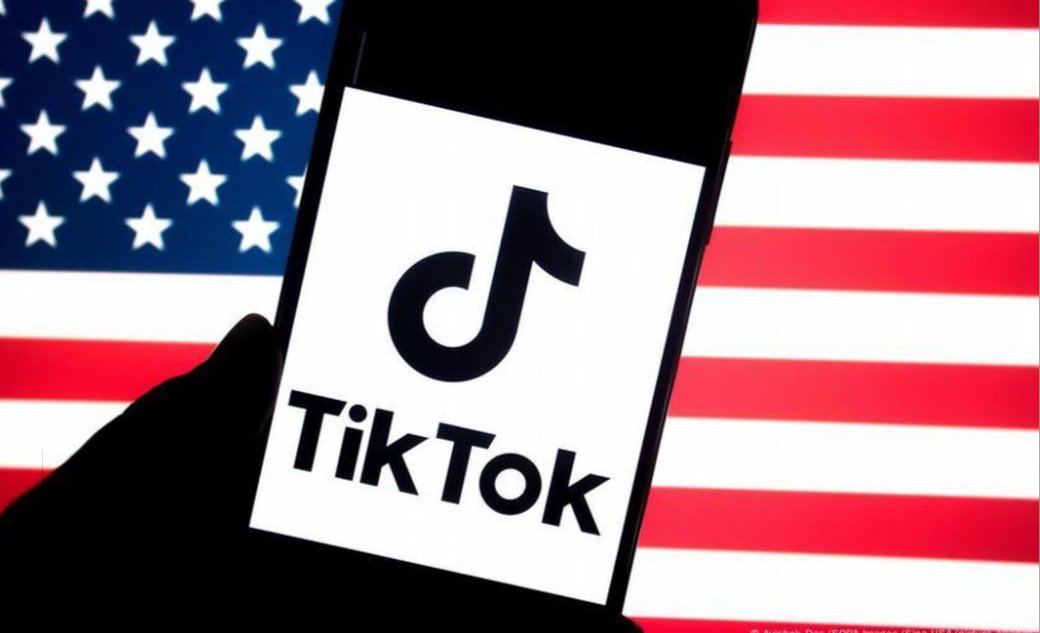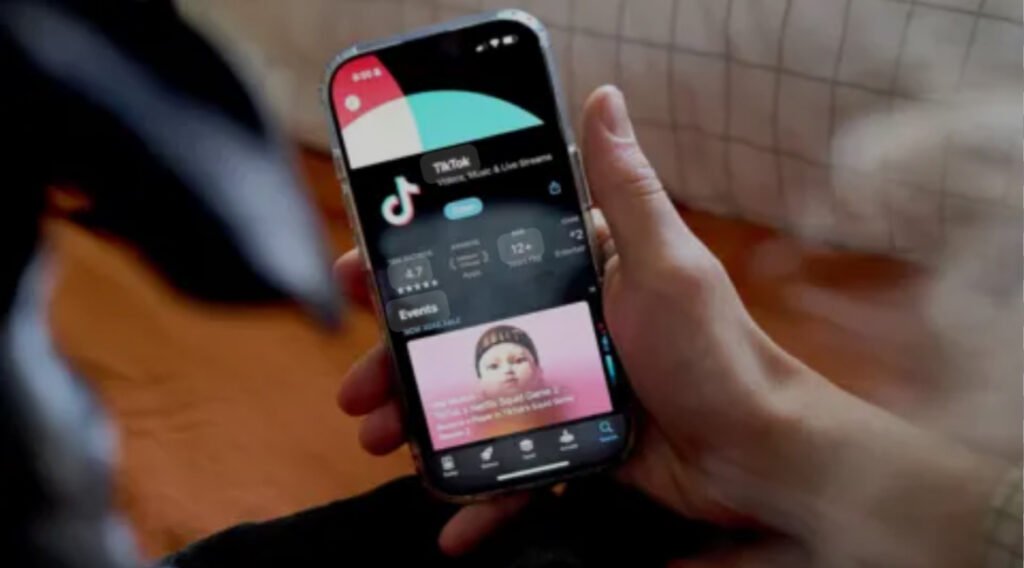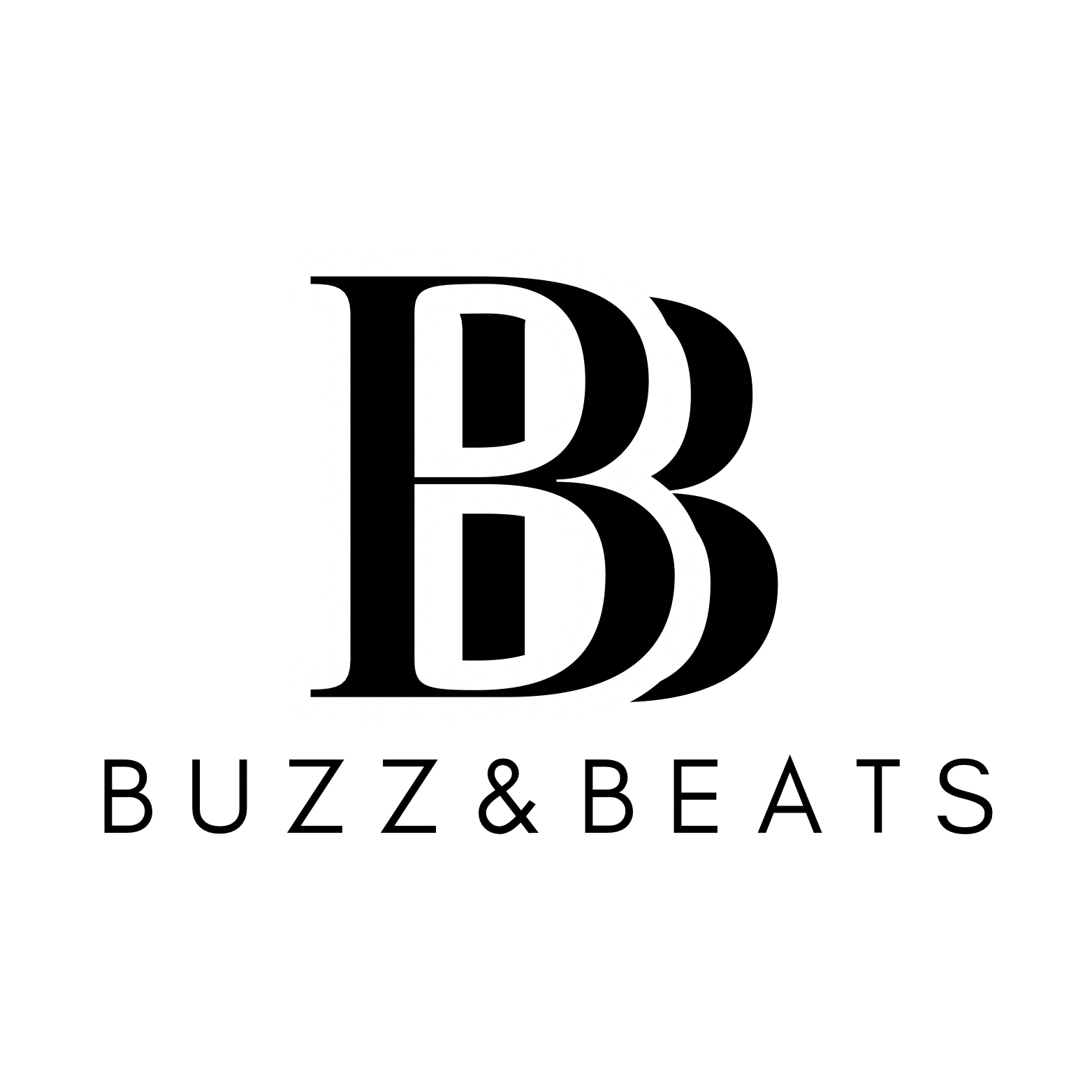The buzz around the TikTok U.S. app launch is growing as reports suggest the popular short-form video platform is preparing a brand-new app for the American market in 2025. TikTok, already a global powerhouse with millions of daily users, appears to be taking strategic steps to expand and adapt its offerings to meet evolving audience demands and regulatory considerations in the United States.
While details remain under wraps, early speculation about the TikTok U.S. app launch points to exciting updates that could redefine how users create, share, and interact with content. Industry insiders believe the move may involve enhanced privacy controls, new creative tools, and potentially a stronger e-commerce integration to tap into the growing trend of in-app shopping. For creators, this could mean expanded monetization opportunities, while casual users might enjoy a refreshed and more personalized experience.
The TikTok U.S. app launch also carries broader implications for the social media landscape. With increasing competition from platforms like Instagram Reels, YouTube Shorts, and emerging AI-powered video apps, TikTok’s ability to innovate and hold audience attention will be closely watched. A successful rollout could solidify its dominance, while any missteps might open the door for rivals to capture market share.
As anticipation builds, many are wondering whether the TikTok U.S. app launch will mirror the platform’s international success or introduce a distinctly American approach to short-form video. In this article, we’ll explore what’s currently known about the upcoming release, examine the potential features and benefits, and discuss what it could mean for both users and creators in 2025.
The driving force behind the TikTok U.S. app launch is clear: U.S. lawmakers and regulators have raised concerns for years about potential Chinese government access to TikTok’s vast trove of user data.
In response, PAFACA requires ByteDance to divest TikTok’s U.S. operations or face a complete ban. The U.S. app launch is a strategic solution, creating a version of TikTok that promises to:
- Store all American user data on servers within U.S. borders.
- Operate under American-owned infrastructure and leadership.
- Implement security and privacy safeguards designed to prevent foreign access.
This separation could become a model for future digital platforms as national security increasingly overlaps with tech governance.
One of the most significant changes tied to the TikTok U.S. app launch is technical: the U.S. version will reportedly use a separate recommendation algorithm trained exclusively on American user data.
This change matters because TikTok’s algorithm is the secret sauce behind its massive popularity. A new, localized algorithm could lead to noticeable differences in:
- What content goes viral.
- How trends spread across the U.S.
- Which creators rise to prominence.
For users and creators alike, this means the TikTok they know today could feel dramatically different after the launch.
The TikTok U.S. app launch is also designed to pave the way for a sale to American buyers, as required by U.S. law. Several investors, including Oracle, Microsoft, and prominent private equity firms, have been rumored as potential buyers.
By spinning off the U.S. operations into a separate app with distinct infrastructure, ByteDance is making it far easier to package and sell this business to an American-controlled entity.
This restructuring is not just a technical matter — it’s a financial and legal maneuver designed to keep TikTok alive and thriving in its most lucrative market.
TikTok U.S. App Launch: Major Implications for Creators, Brands, and Advertisers
The TikTok U.S. app launch is about more than code and politics — it will have real-world effects on the millions of creators and brands who rely on the platform.
Creators will need to adapt quickly to a potentially different recommendation engine, audience behaviors, and monetization tools. Some influencers could see dramatic changes in engagement and discoverability.
Advertisers may also have to rethink targeting strategies as the new U.S. TikTok platform implements distinct data collection and ad delivery systems tailored to comply with U.S. privacy standards.
Meanwhile, competitors such as Instagram Reels, YouTube Shorts, and Snapchat are closely watching, ready to scoop up creators or brands who may feel alienated by the transition.
Finally, app in the us represents a much larger trend: the fragmentation of the internet along national and political lines, often called “digital decoupling.”
In this new world order, countries may demand that tech platforms operate entirely separate infrastructure for each jurisdiction, ensuring that laws, cultural standards, and security expectations are met locally.
The TikTok split may set a precedent for how other global platforms — including WeChat, Facebook, and even Netflix — are forced to operate in an era of heightened geopolitical tension.
This is not just about TikTok. The U.S. app launch could change how the entire internet functions, marking the beginning of a future where national versions of platforms become the norm.
While the may address some political demands, it also comes with risks and complications:
- User migration: Convincing 170 million U.S. users to transition to a new app environment could cause confusion, delays, or drop-offs.
- Creator frustration: Changes in discoverability and audience reach could push some creators to rival platforms.
- International friction: China may resist ByteDance’s restructuring plan, complicating the company’s ability to extract U.S.-specific infrastructure and intellectual property from the global TikTok ecosystem.
These challenges mean that even after the launch, TikTok’s U.S. future remains uncertain.
If you’re interested in exploring something different, don’t miss our article on “President Trump Delays Tariffs Again.”
TikTok U.S. App Launch: Conclusion:
The TikTok U.S. app launch represents more than just a software update — it’s a pivotal moment in the evolution of global social media. By introducing a distinct U.S. version, ByteDance is navigating one of the most challenging intersections of technology, politics, and commerce in recent memory. This move is not only about compliance with U.S. regulations; it’s a high-stakes gamble to preserve access to a massive user base while setting a precedent for how digital platforms operate under differing national laws.
For creators, the TikTok U.S. app launch could open new avenues for monetization, content distribution, and brand partnerships, potentially reshaping the influencer economy in America. Advertisers may gain access to more localized data and marketing opportunities, while users could experience enhanced privacy safeguards alongside new features designed specifically for the U.S. market.
Beyond TikTok, this launch signals a broader shift toward a fragmented internet — one where global platforms may need to tailor their products and infrastructure to meet the demands of individual governments. Whether this strengthens local control or stifles the global exchange of ideas remains to be seen.
What’s certain is that the TikTok U.S. app launch will be closely watched by industry leaders, policymakers, and competitors worldwide. Its success or failure could influence how future platforms approach regulation, innovation, and international expansion. In the coming months, we’ll witness not just the rollout of a new app, but a defining chapter in the story of digital globalization.
Explore other article Diabetese and Alcohol: What Your Doctor won’t tell you







